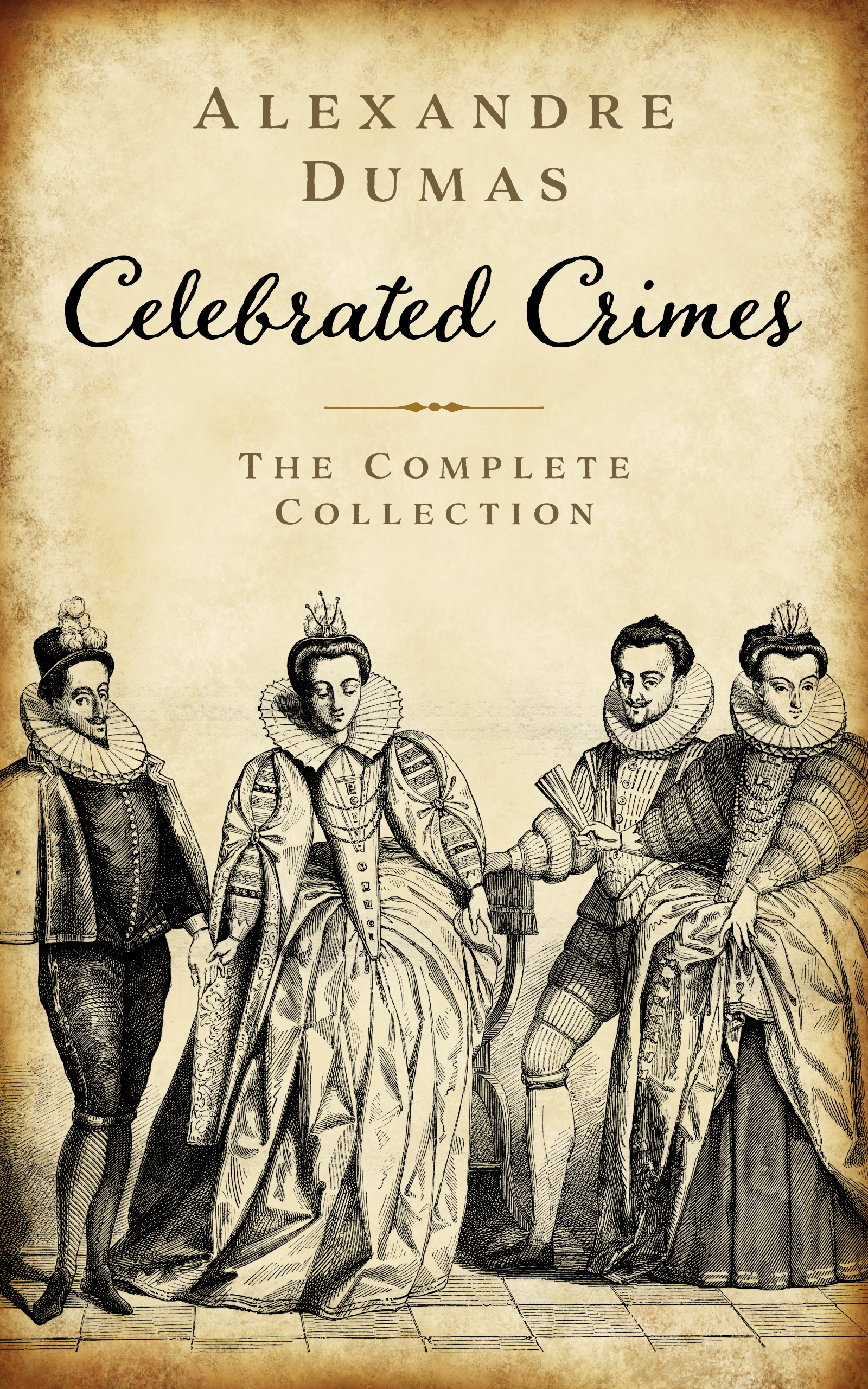Dumas, wrote Crimes Celebres prior to launching his series of historical novels. The Crimes were published in Paris, in 1839-40, in eight volumes, comprising eighteen titles. The subjects which he chose, are of both historic and dramatic importance, and they have the added value of giving the modern reader a clear picture of the state of semi-lawlessness which existed in Europe, during the middle ages. “The Borgias, the Cenci, Urbain Grandier, the Marchioness of Brinvilliers, the Marchioness of Ganges, and the rest—what subjects for the pen of Dumas!” exclaims Garnett. Space does not permit us to consider in detail the material here collected, although each title will be found to present points of special interest.
Another famous Italian story is that of the Cenci. The beautiful Beatrice Cenci—celebrated in the painting of Guido, the sixteenth century romance of Guerrazi, and the poetic tragedy of Shelley, not to mention numerous succeeding works inspired by her hapless fate—will always remain a shadowy figure and one of infinite pathos. The second volume chronicles the sanguinary deeds in the south of France, carried on in the name of religion, but drenching in blood the fair country round about Avignon, for a long period of years. The third volume is devoted to the story of Mary Queen of Scots, another woman who suffered a violent death, and around whose name an endless controversy has waged. Dumas goes carefully into the dubious episodes of her stormy career, but does not allow these to blind his sympathy for her fate. Mary, it should be remembered, was closely allied to France by education and marriage, and the French never forgave Elizabeth the part she played in the tragedy.
The fourth volume comprises three widely different stories. One of the strangest stories is that of Urbain Grandier, the innocent victim of a cunning and relentless religious plot. His story was dramatised by Dumas, in 1850. A famous German crime is that of Karl-Ludwig Sand, whose murder of Kotzebue, Councillor of the Russian Legation, caused an international upheaval which was not to subside for many years. Volume is number six, contains the famous “Man in the Iron Mask.” This unsolved puzzle of history was later incorporated by Dumas in one of the D’Artagnan Romances a section of the Vicomte de Bragelonne, to which it gave its name.



Reviews
There are no reviews yet.